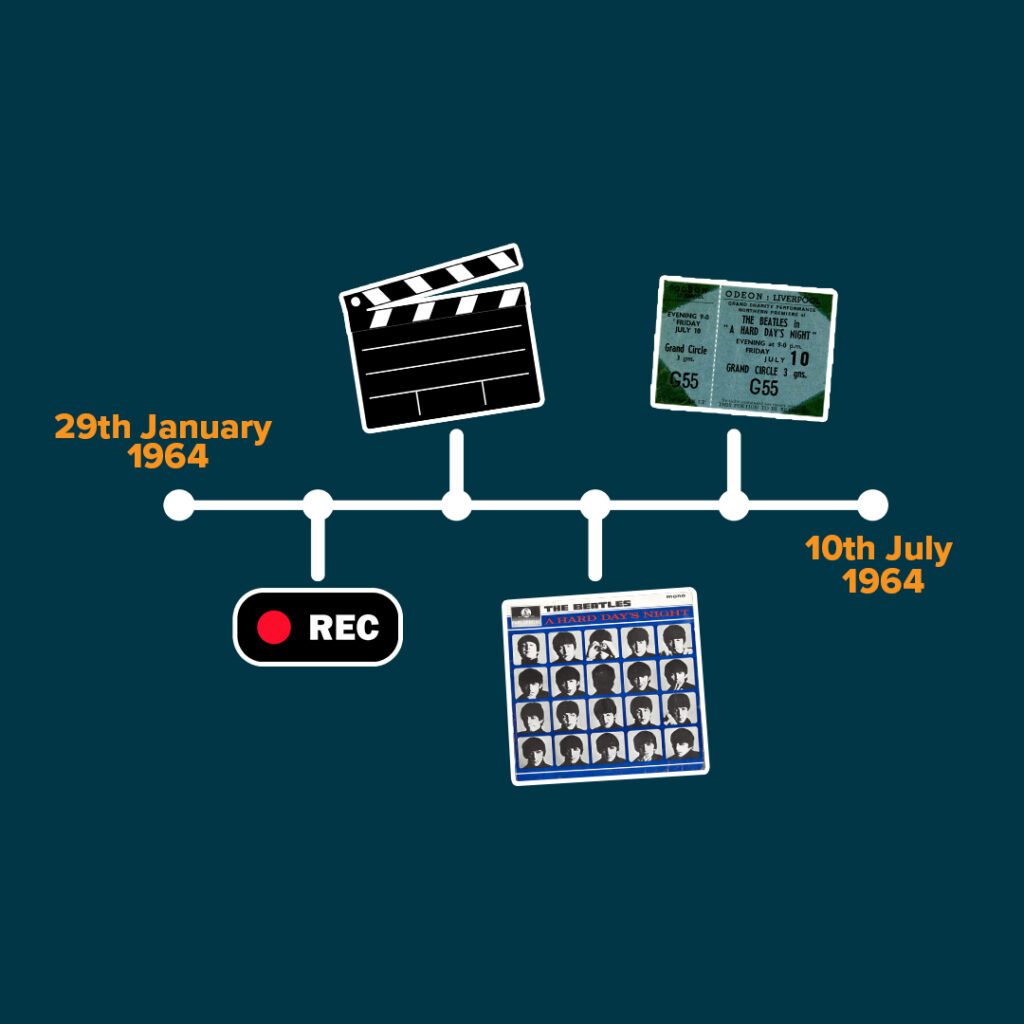
The Timeline of 'A Hard Day's Night'
1964 was a huge year in Beatles history. The Fab Four were…
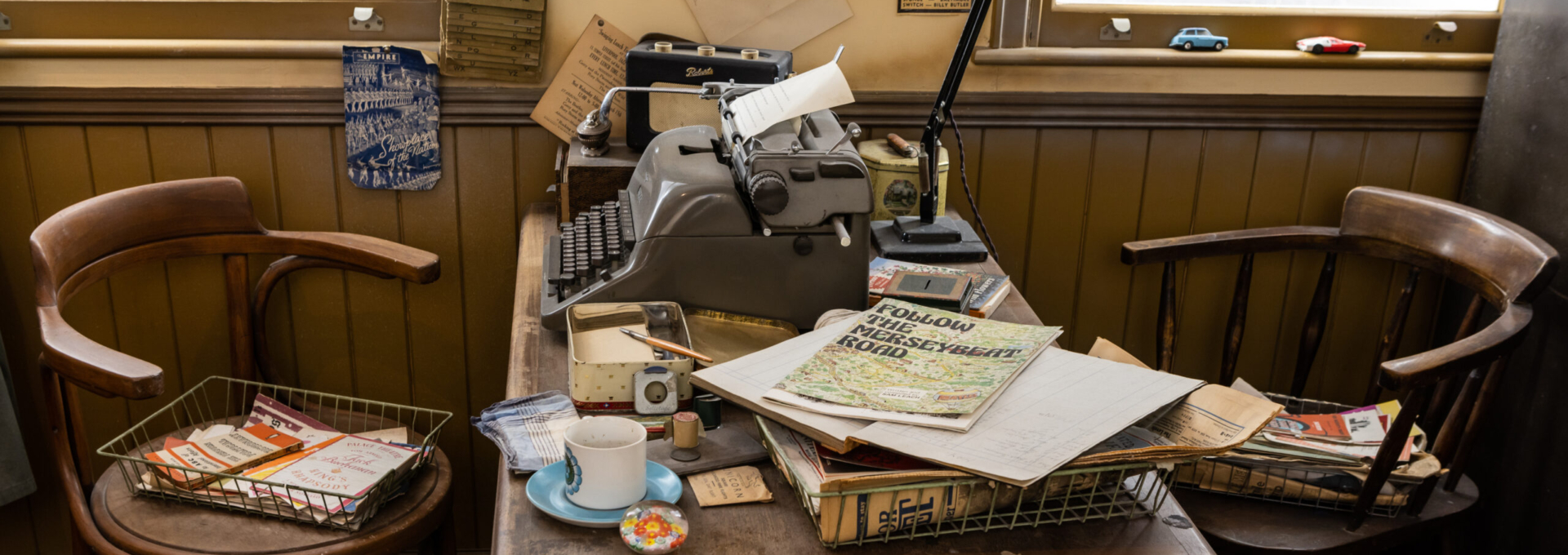
Keep up to date or learn something new by delving into our latest news updates, articles and blogs.

The Timeline of 'A Hard Day's Night'
1964 was a huge year in Beatles history. The Fab Four were…
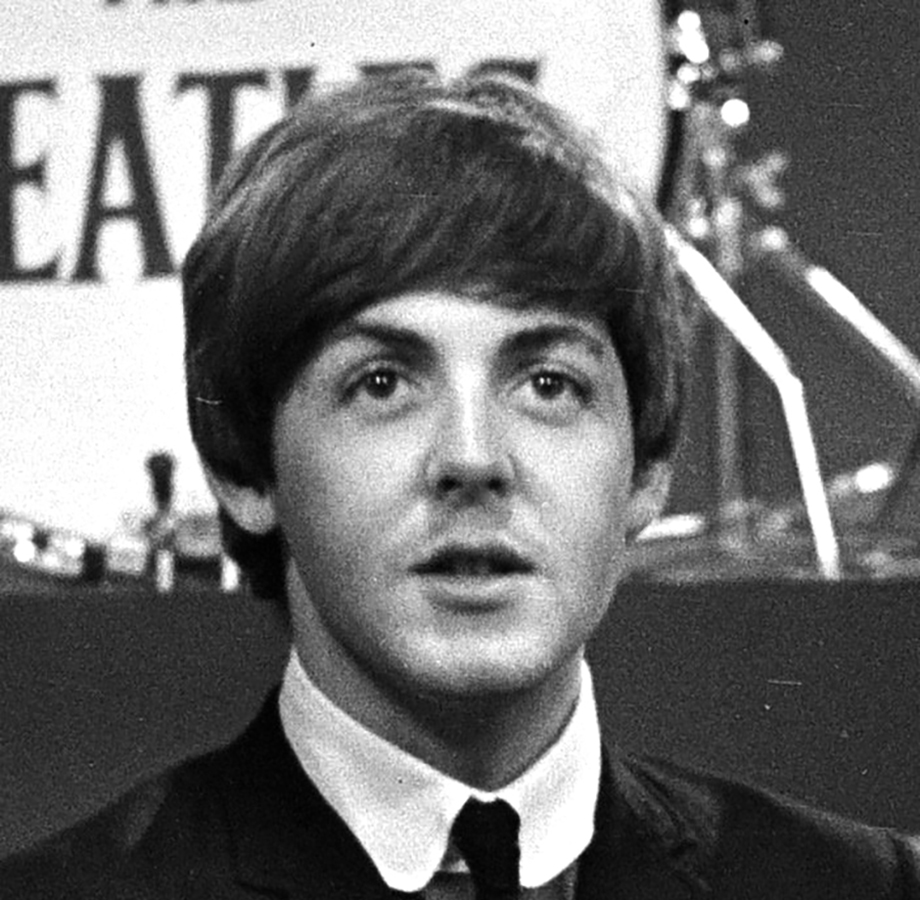
Paul McCartney: A Life in Artefacts
The 18th June 2024 marks Sir Paul McCartney’s 82nd birthday! To honour…
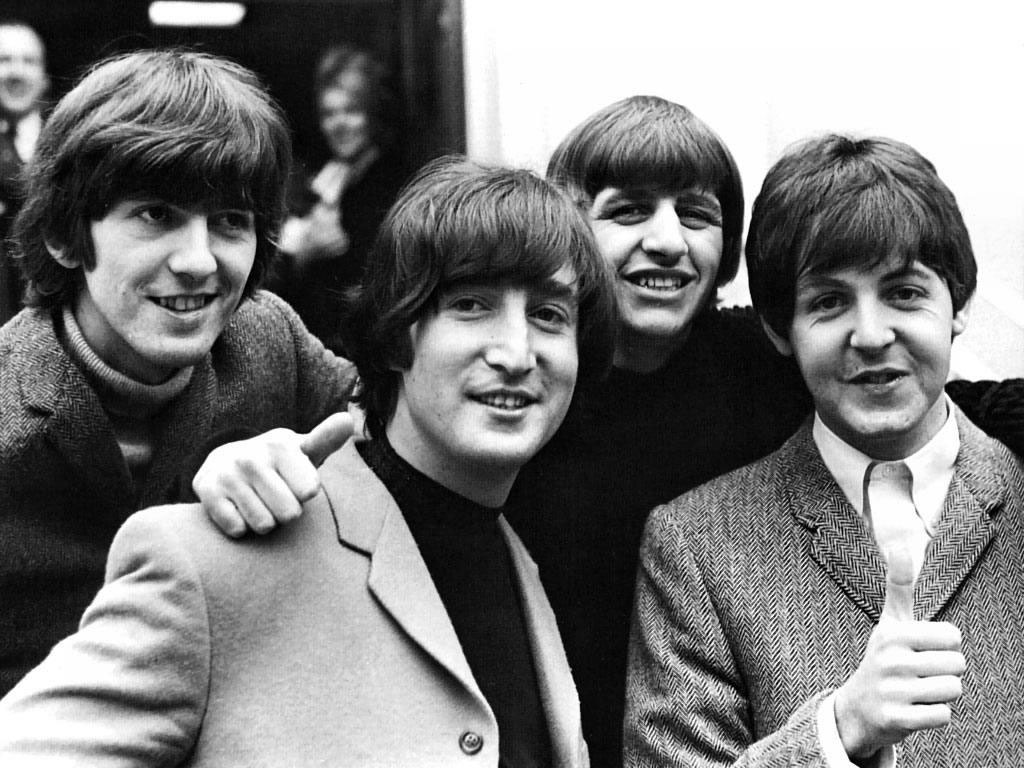
'As Luck Would Have It' by Spencer Leigh
What you’re about to read is light-hearted but it makes the serious…
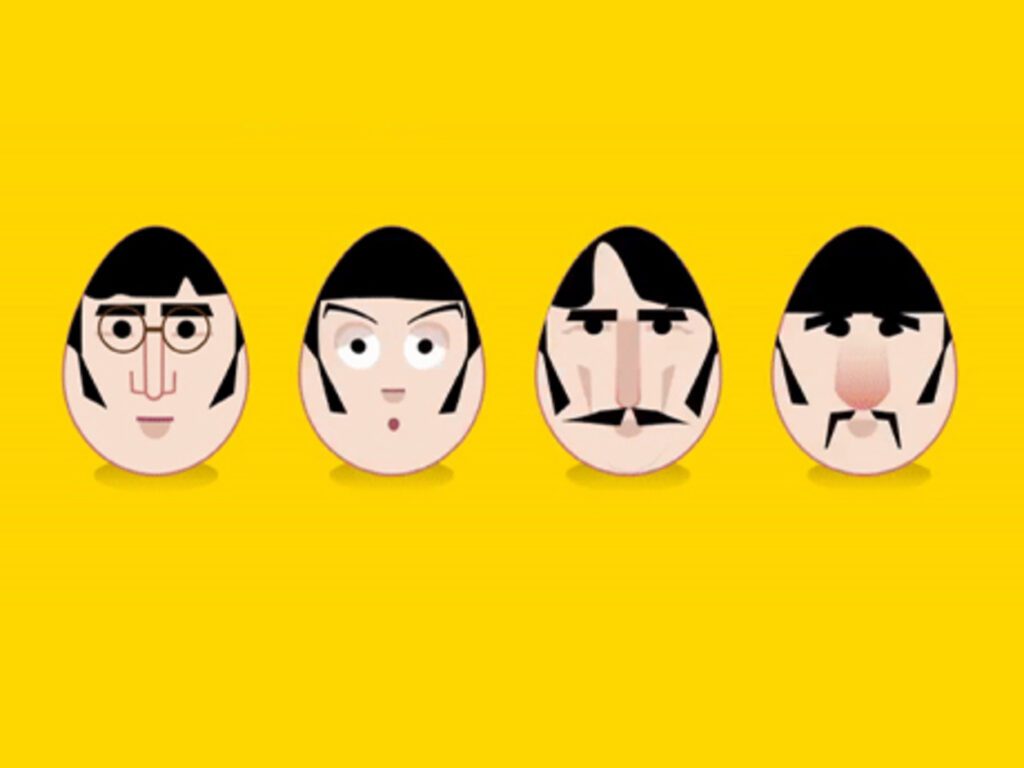
Eggmen: Hidden Easter Eggs in The Beatles’ Music
As spring has finally sprung, Easter Eggs are being hunted and stashed…

Blackbird / BLACKBIIRD
Beyoncé has, today, released her brand new highly anticipated album Cowboy Carter.…
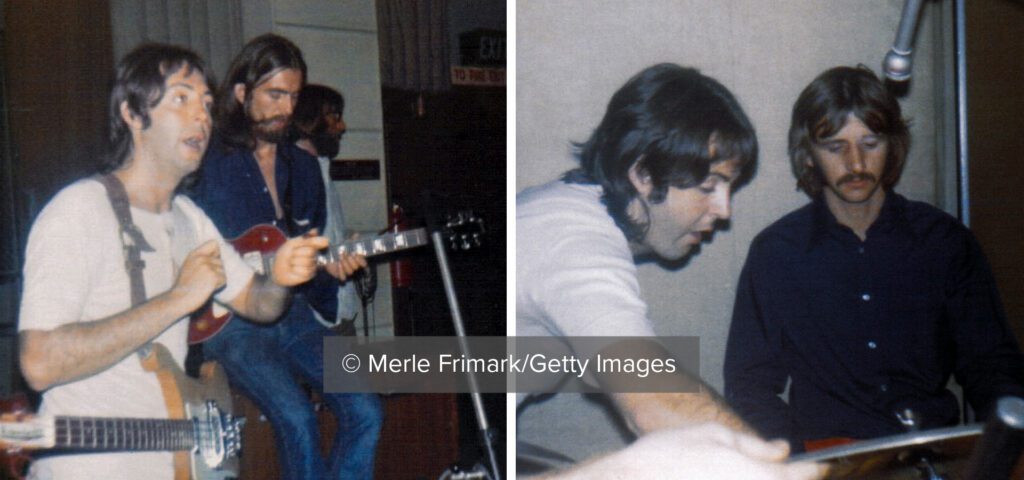
Beatlemania in USA - 60 Years - Merle Frimark
In February 2024, The Beatles Story are celebrating 60 years since The…
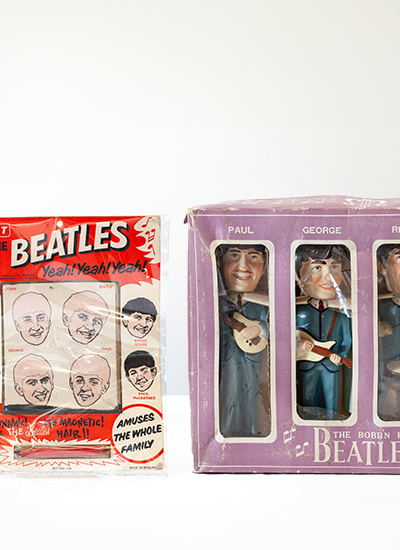
My Beatles Collection
Jeff Thelen is a friend and ambassador of The Beatles Story who…
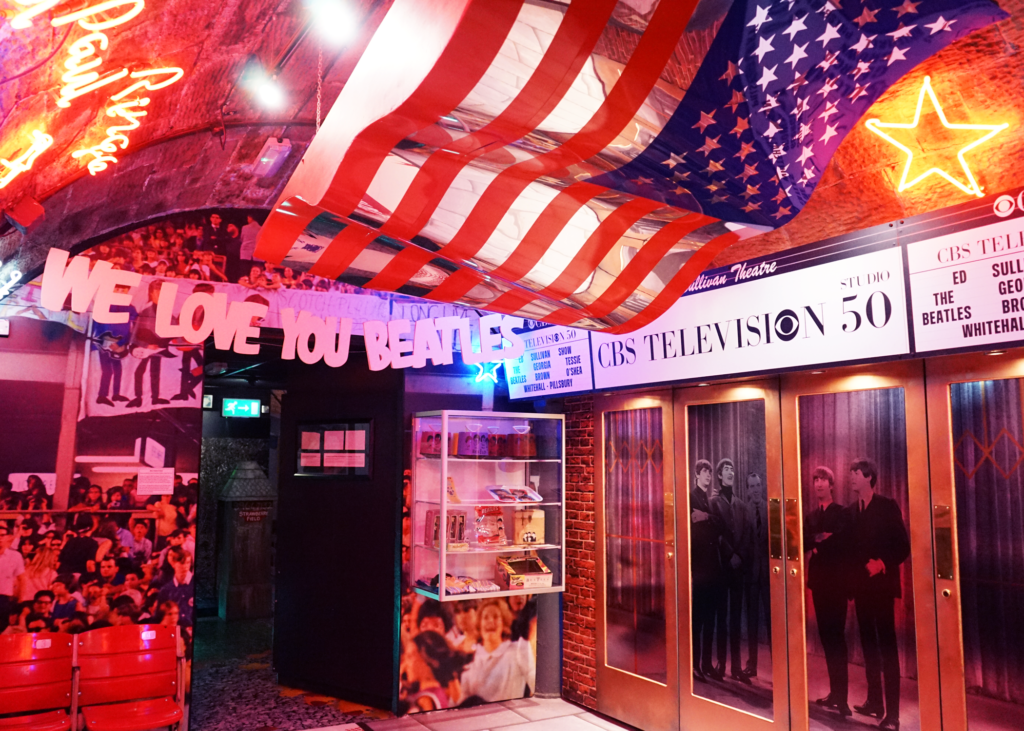
60th Anniversary of The Beatles In The USA
60 years ago on 7th February 1964, The Beatles landed at JFK…

The Beatles in the USA Exhibition
The Beatles in the USA ‘The Beatles in the USA’ exhibit at…